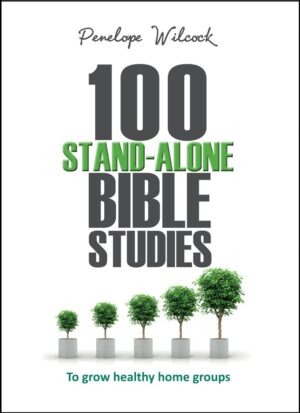



When Jesus looked up and saw a great crowd coming toward him, he said to Philip, “Where shall we buy bread for these people to eat?” He asked this only to test him, for he already had in mind what he was going to do. Philip answered him, “It would take more than half a year’s wages to buy enough bread for each one to have a bite!” Another of his disciples, Andrew, Simon Peter’s brother, spoke up, “Here is a boy with five small barley loaves and two small fish, but how far will they go among so many?” Jesus said, “Have the people sit down.” There was plenty of grass in that place, and they sat down (about five thousand men were there). Jesus then took the loaves, gave thanks, and distributed to those who were seated as much as they wanted. He did the same with the fish. When they had all had enough to eat, he said to his disciples, “Gather the pieces that are left over. Let nothing be wasted.” So they gathered them and filled twelve baskets with the pieces of the five barley loaves left over by those who had eaten.
Well, that child had something to talk about for the rest of his life, didn’t he? People who go looking for Jesus find themselves taken up into his good purposes in surprising ways!
Philip came from the part of the country where this massive picnic happened, so when Jesus asked him where they could buy some bread, it was a bit like saying, “In the ordinary way of things, if I wasn’t here, what would you do?” Philip’s answer could be summarized as, “Panic.”
There is one huge difference between the NIV translation (given above) of our passage, and the King James translation. In the KJV, verse 11 reads: “And Jesus took the loaves; and when he had given thanks, he distributed to the disciples, and the disciples to them that were set down; and likewise of the fishes as much as they would.”
Do you see? In the NIV, Jesus feeds the multitude. In the KJV, the disciples feed the multitude. Though the different Greek–English translations turn up different results (maybe working from different manuscripts), the translators agree that the food was distributed via the disciples. We know, because the other evangelists include this miracle too (Matthew 14:13–21; Mark 6:30–44; Luke 9:10–17); it’s the only miracle recorded in all four Gospels.
John, writing late, is showing the church how to find the presence of the ascended Jesus still in their midst. He is showing them that the body of Christ is found here and now in the people as they meet to break bread in his name. He has a special purpose as he records this miracle of drawing our attention to similarities with the Eucharist and the Last Supper: “he took bread… he broke it… he shared it…”
John is showing us how the Eucharistic presence of Christ knits into ordinary events and people as we gather, as we offer what we have, as we share. Even though Jesus is there through us, it is him and he is really there. It is Jesus himself, through his disciples, distributing the bread.
O God of love and power, Jesus showed us your presence in signs and wonders and also in sacrificial love. As we go about our daily lives, wake us up to your presence with us, for you are the same today as you always were. When we are worried or stuck, remind us to turn to you. When what we have seems too little to go round, remind us to offer it to you. When the needs of people around us seem overwhelming, help us to remember that sharing is Eucharist and help us to stay peaceful in simply sharing what we have. For the miracle is yours, not ours, to do. In Jesus’ holy name; Amen.